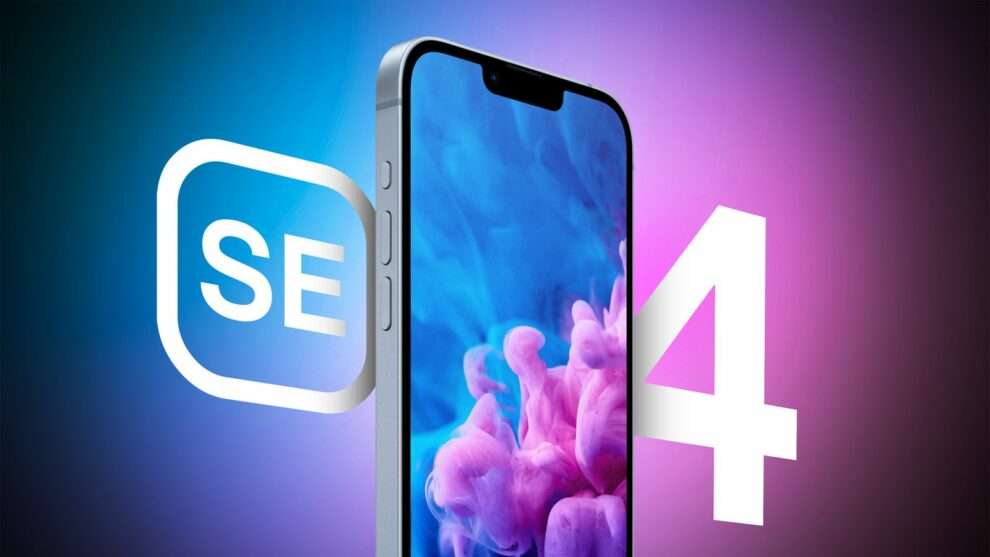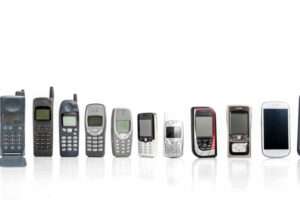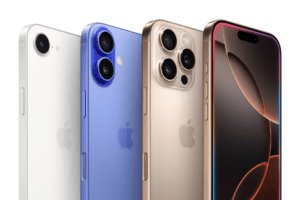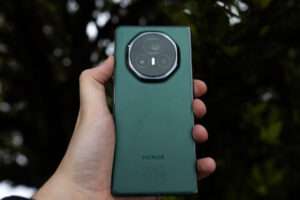As Apple prepares to unveil the highly anticipated iPhone SE 4 this week, all eyes are on what could be one of the most significant milestones in the company’s hardware strategy. The device is rumored to feature Apple’s first custom 5G modem, marking a pivotal step toward reducing its reliance on Qualcomm—a partnership that has defined iPhone connectivity for over a decade. However, recent reports suggest that this bold move may come at a cost: the performance of Apple’s custom modem is expected to lag behind Qualcomm’s Snapdragon X75 chip, which powers the premium iPhone 16 lineup. While the decision to adopt an in-house solution underscores Apple’s ambition for greater independence, it raises questions about whether the trade-offs justify the lower price tag of the SE 4.
Breaking Free from Qualcomm’s Shadow
For years, Qualcomm has been the backbone of Apple’s wireless capabilities, supplying modems tailored specifically for the iPhone. This partnership has delivered reliable, high-performance connectivity, ensuring that Apple devices remain competitive in the fiercely contested smartphone market. However, Apple’s long-term vision has always leaned toward self-sufficiency, as evidenced by its development of the M-series chips and other proprietary technologies.
The journey to create a custom 5G modem began nearly seven years ago, driven by Apple’s desire to reduce dependency on external suppliers and gain tighter control over its supply chain. The iPhone SE 4 represents the culmination of these efforts, serving as the testing ground for Apple’s inaugural 5G modem. If successful, this technology will eventually find its way into the broader iPhone lineup, potentially reshaping how future devices handle connectivity.
Yet, early indications suggest that Apple’s first attempt may not match the cutting-edge performance offered by Qualcomm’s latest offerings. According to reports from Korea, the custom modem lacks support for mmWave 5G—a critical component for ultra-fast speeds in densely populated urban areas—and offers limited carrier aggregation capabilities. These shortcomings are likely to result in slower upload and download speeds compared to the Snapdragon X75, which sets the benchmark for 5G performance in the iPhone 16 series.
Balancing Cost and Capability
While the technical limitations of Apple’s custom modem might disappoint some users, they must be viewed in the context of the iPhone SE 4’s positioning within Apple’s portfolio. Historically, the SE line has served as an affordable entry point for budget-conscious consumers while retaining many features found in higher-end models. With the SE 4, Apple appears to have struck a delicate balance between innovation and affordability.
On paper, the SE 4 boasts several impressive upgrades. For starters, it will feature an OLED display—a first for the SE lineup—delivering deeper blacks and vibrant colors that rival flagship devices. Under the hood, the A18 Bionic chip promises top-tier performance, enabling seamless multitasking, gaming, and access to Apple Intelligence, the company’s suite of generative AI tools. Additionally, the redesigned chassis draws inspiration from the sleek aesthetics of the iPhone 14, making it feel more modern than its predecessor.
However, compromises inevitably arise when targeting a lower price point. In addition to the underwhelming modem, the SE 4 retains a single-lens camera system, eschews the Dynamic Island in favor of a traditional notch, and omits certain premium features like ProMotion display technology. Whether these trade-offs detract from the overall appeal depends largely on consumer expectations. For many, the combination of advanced internals and a sub-$500 price tag will outweigh any perceived drawbacks.
A Strategic Gamble Worth Taking?
Despite its modest specs, the iPhone SE 4 holds immense potential to carve out a niche in the crowded mid-range smartphone market. Prominent industry analyst Ming-Chi Kuo predicts strong sales for the device, citing its blend of affordability and cutting-edge features as key selling points. Notably, the inclusion of 8GB of RAM opens the door to Apple Intelligence, positioning the SE 4 as a formidable contender against budget alternatives from competitors like Samsung and Google.
Moreover, the SE 4 serves a dual purpose for Apple. Beyond driving revenue—analysts estimate it could generate up to $11 billion in sales—the device acts as a proving ground for Apple’s custom modem technology. Much like the evolution of the M-series chips, which initially faced skepticism before becoming industry leaders, Apple’s modem is likely to improve with each iteration. By deploying it in the SE 4, the company minimizes risk while gathering valuable real-world data to refine future versions.
Comparing Connectivity: SE 4 vs. iPhone 16
When stacked against the iPhone 16 lineup, the disparity in connectivity becomes evident. Equipped with Qualcomm’s Snapdragon X75, the iPhone 16 models deliver unparalleled 5G performance, supporting both sub-6GHz and mmWave frequencies. This ensures lightning-fast speeds and robust network reliability, particularly in metropolitan areas where mmWave infrastructure is prevalent.
In contrast, the SE 4’s custom modem prioritizes sub-6GHz networks, sacrificing mmWave compatibility to keep costs down. While this decision may frustrate tech enthusiasts seeking bleeding-edge performance, it aligns with the realities of global 5G adoption. Sub-6GHz remains the dominant standard worldwide, offering broader coverage and sufficient speeds for everyday use. For most users, the difference in performance will be negligible, especially outside major cities where mmWave deployment is sparse.
What Lies Ahead for Apple’s Modem Ambitions?
The introduction of Apple’s custom 5G modem marks the beginning of a new chapter in the company’s quest for vertical integration. Although initial results may fall short of Qualcomm’s standards, history shows that Apple excels at iterative improvement. Over time, refinements to the modem’s architecture could narrow the gap—or even surpass existing solutions—much like how the M1 chip redefined laptop performance.
For now, the iPhone SE 4 represents a calculated gamble. It sacrifices bleeding-edge connectivity in favor of affordability and accessibility, appealing to a demographic that values practicality over perfection. Whether this approach resonates with consumers will depend on how Apple markets the device and manages user expectations.
As Apple takes its first steps into the realm of custom 5G modems, the iPhone SE 4 stands as both a testament to innovation and a reminder of the challenges inherent in breaking new ground. While its performance may not rival that of the iPhone 16 lineup, the SE 4 delivers compelling value through its blend of premium features and budget-friendly pricing. For Apple, the stakes are high—but so too are the rewards. If the SE 4 succeeds, it could pave the way for a future where Apple achieves complete autonomy over its hardware ecosystem, solidifying its status as a leader in technological advancement.
Ultimately, the true measure of success will lie in how well the device performs in the hands of millions of users—and whether Apple can turn its ambitious experiment into a lasting triumph.
















Add Comment